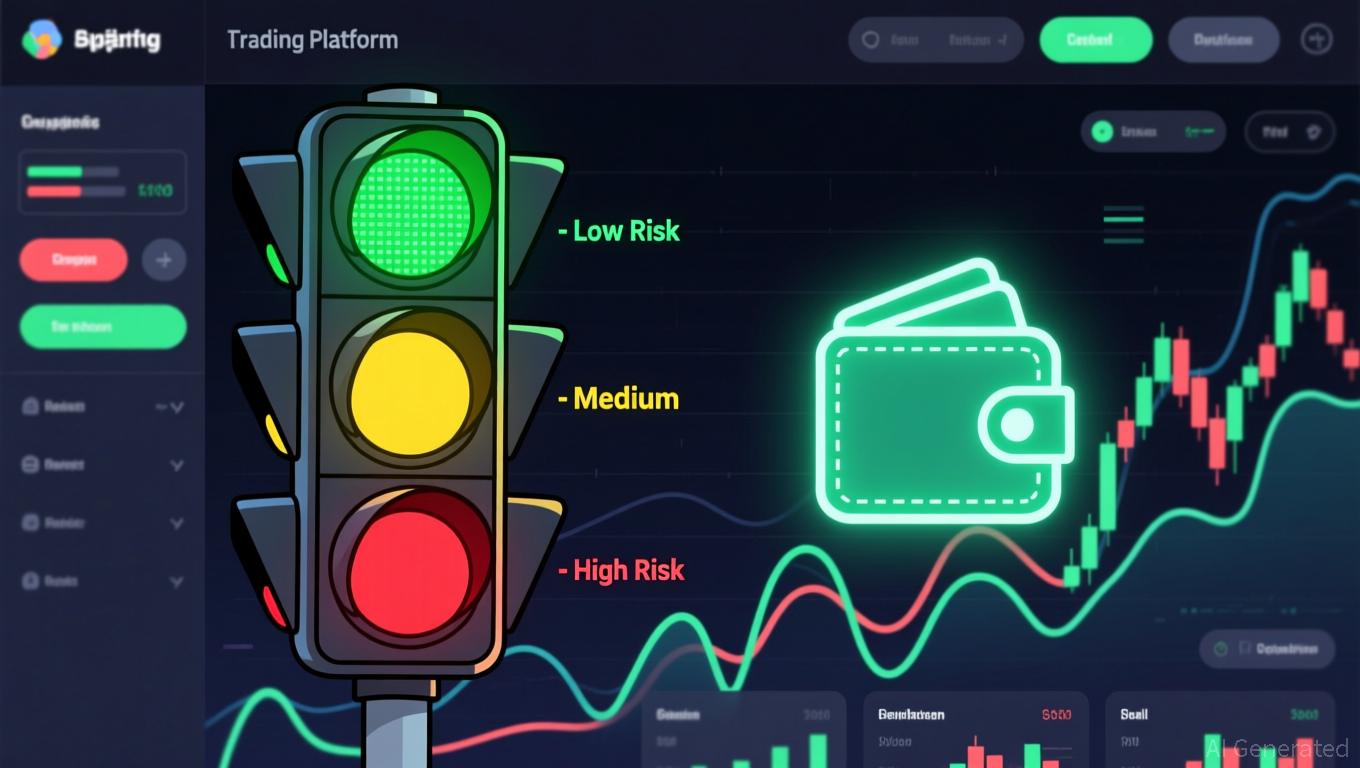XRP ETFs Draw Heavy Early Demand as Total Inflows Cross $160M
Quick Take Summary is AI generated, newsroom reviewed. Spot XRP ETFs saw over $160 million in total net inflows within their first few days of trading. Bitwise's XRP ETF alone attracted $135 million, making it one of the strongest altcoin ETF debuts. Franklin Templeton's XRPZ ETF launched with a strong showing, holding over $32 million XRP on its first day. Analysts are debating the long-term impact of sustained institutional buying on the available XRP supply.References $135 Million Flows Into New $XRP ET
Spot XRP ETFs are off to a powerful start in the U.S. market. In just the first few days of trading, total inflows across newly launched XRP ETFs have crossed $160 million. Bitwise confirmed that its XRP ETF alone pulled in about $135 million within three days. Franklin Templeton’s newly launched XRPZ ETF added another major boost on its debut.
The surge marks one of the strongest early starts for any altcoin ETF so far. XRP traded near $2.20 during most of this early accumulation phase. Despite price stability, demand from ETF buyers stayed aggressive. This early momentum has pushed XRP back into the spotlight as one of the most watched institutional assets outside Bitcoin and Ethereum.
Franklin, Bitwise, and Grayscale Lead XRP Accumulation
Franklin Templeton ’s XRPZ ETF launched on NYSE Arca on November 25 with a strong first showing. On day one, the fund held over 32 million XRP in assets under management. That alone represented more than $70 million in market value. Meanwhile, Bitwise and Canary Capital also continued building their XRP exposure.
Combined estimates suggest that Bitwise, Canary, and Grayscale now control more than 79 million XRP through ETF products. At current prices, that equals roughly $160-$170 million in XRP absorbed by regulated funds. These numbers are still early. However, they already place XRP among the fastest-growing ETF asset classes outside of Bitcoin and ETH.
Analysts Debate Long-Term Supply Impact and ETF Speed
As inflows climb, analysts and market commentators are debating what sustained ETF demand could mean for XRP supply. Some bullish models suggest that if ETFs continue absorbing tens of millions of XRP per week. With long-term pressure on the available supply could grow fast. However, others urge caution. ETF inflows can reverse just as quickly as they appear.
Redemptions, market downturns, or weaker retail demand could slow accumulation without warning. Currently, the market is still in the discovery phase. There is also active debate around how ETF share structures may evolve if XRP becomes harder to source at scale. Some speculate that future share splits could allow ETFs to function with smaller XRP backing per share. Still, those ideas remain theoretical for now. The only confirmed trend is demand. And right now, it is strong.
Broader Ripple Narrative Adds Fuel to Investor Interest
XRP’s ETF surge is also unfolding alongside a broader shift in Ripple’s public narrative. New speculation has emerged suggesting Ripple could pursue full U.S. banking status in the future. While unconfirmed, the rumor alone has increased attention around XRP’s potential role in regulated finance.
Meanwhile, major Wall Street voices continue to frame crypto as a growing macro asset class. That shift is pushing more capital into regulated crypto products like ETFs rather than offshore platforms. For XRP, this moment feels different from past cycles. This time, the buying pressure is coming from structured funds rather than retail hype alone.
Still, traders remain cautious. Early flows often look explosive before they stabilize. The coming weeks will reveal whether XRP ETFs can sustain this pace or whether inflows cool after the launch surge. Currently, one fact stands out. XRP ETFs have arrived with real weight and the market is paying attention.
Disclaimer: The content of this article solely reflects the author's opinion and does not represent the platform in any capacity. This article is not intended to serve as a reference for making investment decisions.
You may also like
Spain's sweeping changes to cryptocurrency taxation ignite concerns over mass departures and create regulatory turmoil
- Spain's left-wing Sumar group proposes reclassifying crypto gains as ordinary income, raising top tax rates to 47% and introducing a "crypto traffic light" risk system. - Critics warn the reforms could drive investors offshore, mirroring India's 2022 experience, and create compliance chaos for self-custodied assets and non-EU tokens. - Legal experts challenge enforceability of asset seizure rules for non-local custodied tokens like USDT , while tax agencies highlight existing legislative ambiguities. - C

UAE Establishes International Benchmark for Crypto: Striking a Balance Between Progress and Oversight
- UAE enacts landmark crypto law (Federal Decree No. 6/2025) to regulate DeFi, Web3 protocols, stablecoins, DEXs, and blockchain bridges under central bank oversight. - Entities offering crypto financial services must obtain licenses by September 2026, enforcing AML compliance and systemic risk mitigation through reserve audits and security standards. - Framework balances innovation with stability, supporting UAE's economic diversification goals while attracting institutional investors through regulatory c
XRP News Today: Institutional XRP ETFs Create Rarity, Yet Market Downturn Restricts Price Growth
- Jake Claver highlights ETF-driven depletion of XRP's OTC supply, potentially triggering sharp price surges via liquidity constraints. - SEC's Project Crypto prioritizing disclosure enabled XRP ETF approvals (e.g., Grayscale GXRP), offering institutional access through regulated platforms. - Analysts note ETFs' structural advantages over futures but warn XRP's $2.11 price faces headwinds from broader crypto market weakness (-25% since October). - FeFe's model predicts $47 price target if $10B ETF inflows

Bitcoin Updates: Bullish Technical Signals for Bitcoin Face Off Against Underlying Bearish Threats
- Analysts highlight Bitcoin's proximity to key technical indicators, suggesting a potential rebound to $96,000 amid undervaluation signals like the Puell Multiple (0.86) and a two-year low MVRV Z-Score (1.13). - Structural risks persist, including MSCI index exclusions of crypto treasuries (Jan 2026) and ETF outflows, which could trigger sell-offs and weaken liquidity despite improving bull-bear momentum (-20%) and fair-value gaps ($99,000 target). - Market views diverge: some see a 30% drawdown from $126

